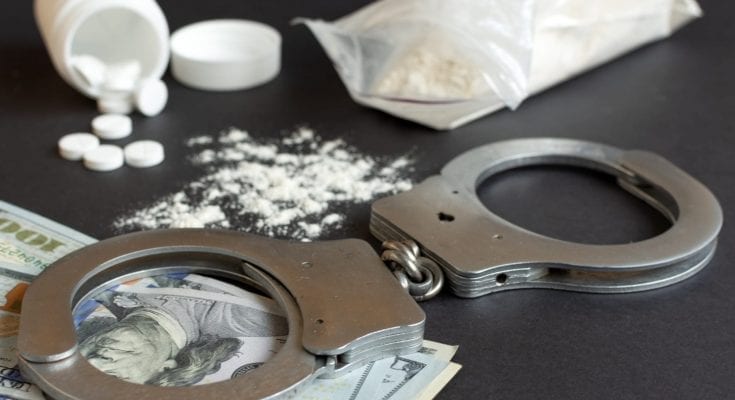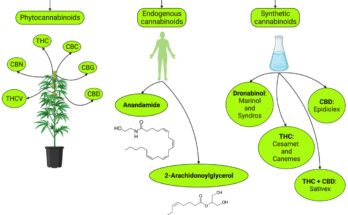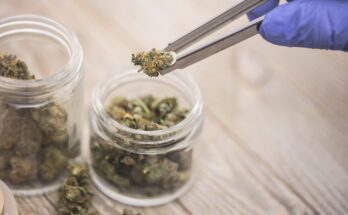It’s hard to believe that it was only recently that the notorious El Chapo was finally sentenced to life in prison after his second escape, ending his criminal reign and storied attempts to evade jail.
If you know anything about the history of the war on drugs, you know it’s been ongoing for over a century. And while the harsher policies were designed to suppress drug-related crimes, they were unable to keep some of the most notorious drug dealers of all time from raking in millions or billions through intimidation and murder.
This includes both modern leaders of drug cartels that spread terror across nations, and historical drug lords whose actions have faded into legend. Read on for a brief look at seven of the biggest drug dealers of all time.
1. Frank Lucas (September 9, 1930 – May 30, 2019)
After moving from North Carolina to New York, notorious kingpin Frank Lucas got his start by taking up with a local gangster named “Bumpy” Johnson. After his death, Lucas decided to move into the drug trade. He traveled to Thailand to create a distribution network that flew heroin to the U.S. on military planes.
Though he had an intricate network that distributed the heroin throughout Harlem, the police finally caught up with him. Lucas lessened his sentence by becoming a government informant, and though he lost all of his billions, he ultimately walked away free.
2. Khun Sa (February 17, 1934 – October 26, 2007)
Born as Zhang Qifu, Khun Sa was nicknamed the “Opium King” during his reign as the biggest heroin drug lord in the world. Khun Sa worked out of the Golden Triangle, a major opium-producing region spanning Laos, Thailand, and Burma.
A warlord who originally served in the military, Khun Sa later formed his own militia in 1963 to help support Gin Ne Win’s Burmese government. However, this militia was later used to operate and control his own opium trade.
During his storied tenure as a major drug criminal, Khun Sa Survived several assassination attempts. Ultimately, he retired to Myanmar, where he died of natural causes.
3. Griselda Blanco (February 15, 1943 – September 3, 2012)
Blanco was a prominent figure in the Medellín Cartel, and she even acted as a mentor to Pablo Escobar, though they became enemies later in life. She first made a name for herself by smuggling cocaine in bras and girdles before graduating to more violent crime.
Blanco expanded her operation by moving to Queens and then to Miami, where she earned her nickname “La Madrina,” or “The Godmother.” She also earned the name “The Black Widow” after allegedly killing her second and third husbands.
Blanco also famously arranged drive-by shootings by motorcycle, a submachine-gun attack at a mall, and a foiled plot to kidnap John F. Kennedy Jr. However, she was assassinated in 2012 by an ironic drive-by shooting on a motorcycle.
4. Pablo Escobar (December 1, 1949-December 2, 1993)
One of the most notorious kingpins in the world, Pablo Escobar ran the Medellín Cartel in Columbia during the 70s and 80s. At its peak, the cartel was responsible for about 80% of all cocaine smuggled into the US.
In his best years, Escobar had an estimated worth of roughly $10 billion, earned through acts of domestic terrorism that included bribery, assassination, and murder. And at his worst, he was finally gunned down on a Los Olivos rooftop as he ran from the Colombian National Police.
5. Joaquín “El Chapo” Guzmán (April 4, 1957)
Born Joaquín Archivaldo Guzmán Loera, “El Chapo” earned his nickname, which means “Shorty,” for his unassuming appearance and small stature.
El Chapo inherited the family business of drug smuggling, quickly rising to prominence as the kingpin of the Sinaloa Cartel. One of his many assassination orders is considered the spark of the Mexican Drug War, which has resulted in more than 60,000 deaths and 12,000 kidnappings. El Chapo, however, reaped the benefits of this bloodshed to become a billionaire.
Though he evaded capture for years, he was finally arrested in 2001. Thanks to his wealth, El Chapo used bribery and intimidation to make himself comfortable in jail—as well as to escape it. After two escape attempts, he was finally arrested again in February 2015 and sentenced to life in prison.
6. Rick Ross (January 26, 1960)
Ross’s illiteracy made his early school life in Los Angeles difficult. However, he fell into an easier (and crueler) path to success when one of his high school teachers got him hooked on dealing cocaine—and the rest is history.
Ross eventually fostered connections within the Nicaraguan drug trade. This gave him access to cheaper cocaine and allowed him to start raking in millions of dollars by distributing his product throughout LA. He even managed to expand his network to major cities across the US, equipping his workers with state-of-the-art equipment to track police and evade capture.
After his eventual capture in 1996, Ross studied law in prison. There, he discovered a legal loophole that allowed him to successfully appeal his case.
7. Osiel Cárdenas Guillén (May 18, 1967)
The former leader of the Gulf Cartel in Mexico, Guillén first took control of the cartel after the arrest of its main leader in 1996. However, this move wasn’t unopposed, and Guillén only managed to keep the reins by killing his friend Salvador Gómez who was in line to take control. This earned him the nickname Mata Amigos, or “Friend Killer.”
Guillén then founded Los Zetas, the cartel’s brutal private paramilitary group, to keep others from challenging the group’s authority. This allowed him to expand his reach across Mexico and into the US—until he threatened DEA agents for sheltering an informant during a major crackdown in America’s war on drugs history. After the US government became involved, Guillén was ultimately captured in a 2003 shootout with the Mexican military. He was then imprisoned in Texas, where he remains to this day.
The World’s Most Notorious Drug Dealers
Though their long careers and billions of dollars helped them rise in fame, the empires of these drug dealers ultimately came to an end. In many cases, however, the drug wars they helped to incite are still raging today—making it all the more interesting to understand where they originated.
For more information on interesting historical facts, check out our other posts.



